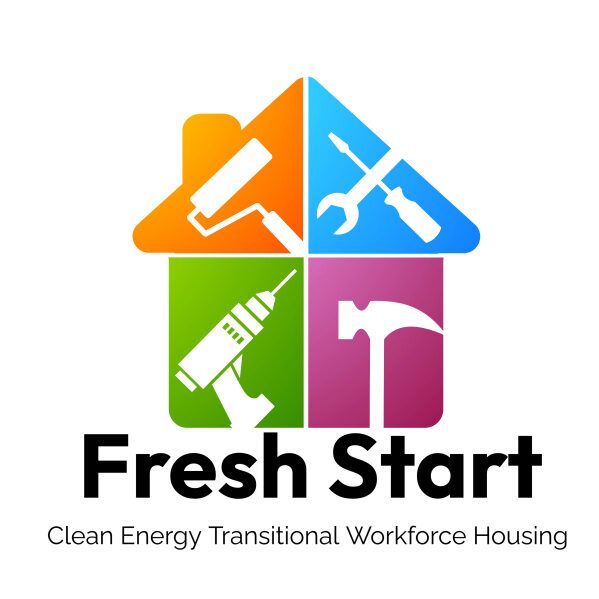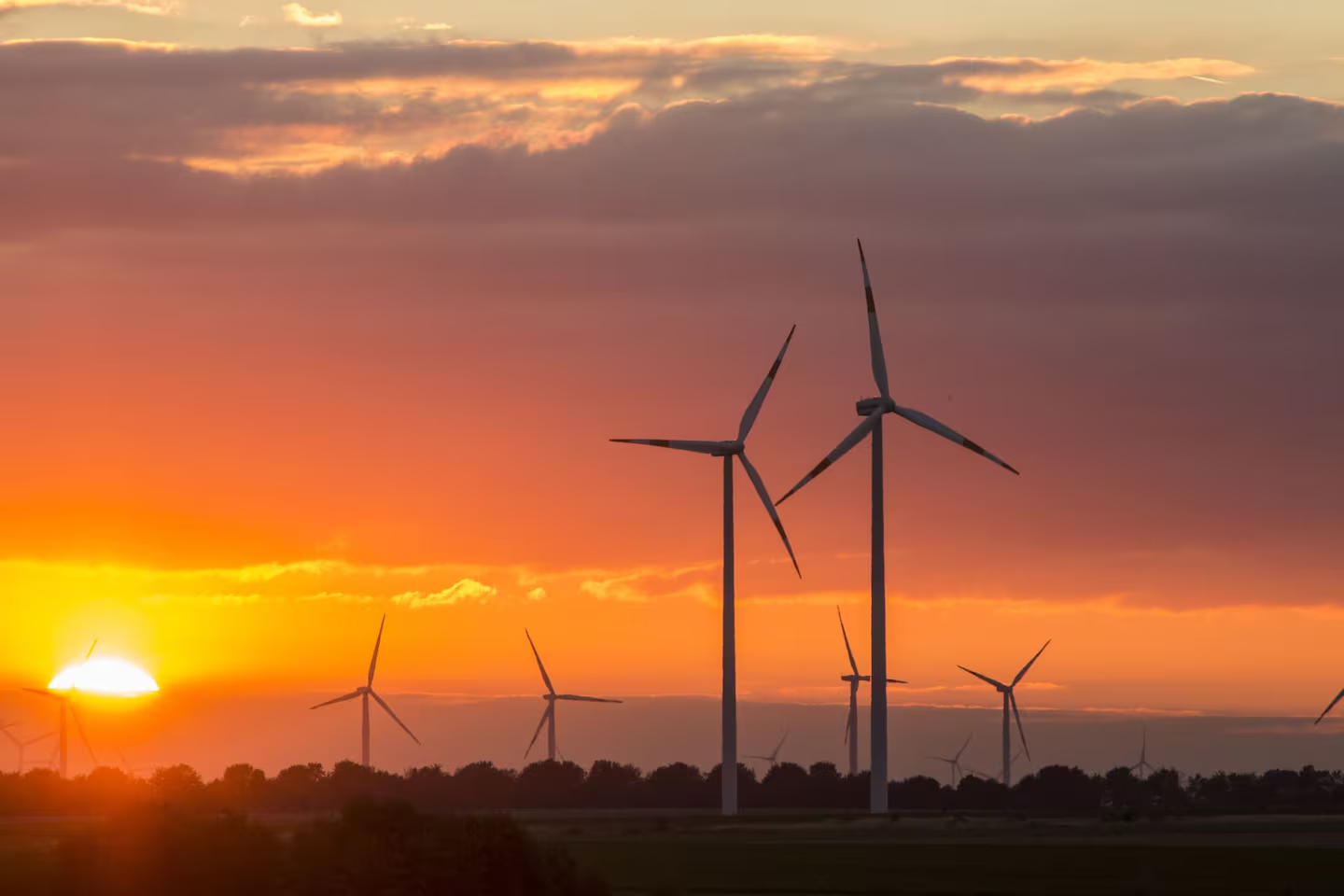Tesla Launches Its Robotaxi With 20 Model Ys in Texas

Tesla rolled out its long-awaited robotaxi service in Austin, Texas, on Sunday, opening the electric-vehicle maker to the growing autonomous ride-hailing market, where its technology will be put to the test against market leader Waymo.
Chief Executive Elon Musk has said the company will start small with up to 20 Tesla Model Ys driving on public roads, before expanding the service based on the technology’s performance. There won’t be a human driver behind the wheel. In a post on X, Musk said customers will be charged a flat fee of $4.20. In an invitation shared on social media, Tesla said there would be a safety monitor sitting in the front-right passenger seat.
Here is what to know about Tesla’s robotaxi service.
What is a robotaxi?
A robotaxi is a driverless, autonomous vehicle that operates like a taxicab or ride-hailing service. Several companies are testing or operating robotaxi services in the U.S., including Alphabet’s Waymo and Amazon.com’s Zoox.
Tesla’s new robotaxi service employs Model Y electric SUVs piloted by an advanced version of Tesla’s driver-assistance software, which it calls Full Self-Driving, or FSD.
The Model Y is equipped with eight cameras that act as sensors for FSD. That is the same setup as the Model Y vehicles currently available for purchase.
The version available to Tesla owners requires the driver to pay attention to the road and be prepared to take over steering. Tesla plans to introduce two specially designed robotaxis to its service: a small, gold-colored sedan called the Cybercab, and a larger multiseater called the Robovan. Those vehicles have neither steering wheels nor pedals and could hit the road as soon as 2026.
How does it work?
Tesla opened up its robotaxi service to a limited number of customers in Austin, where the company has its headquarters. The service is available within a geofenced area of Austin, where the company has been testing its vehicles.
Musk has said the company is being cautious in how it rolls out this new technology. “We are being super paranoid about safety,” he wrote on X.
According to rider rules posted on Tesla’s website, all passengers must be over 18 years old, and the number of passengers may not exceed two.
Like Waymo and Zoox, Tesla will remotely monitor the performance of the vehicles and help them to navigate through difficult situations. Tesla has said the vehicles will be equipped with microphones to support their response to sirens from emergency vehicles.
How valuable?
Musk has tied Tesla’s fate to the performance of its robotics and artificial-intelligence business.
He forecasts autonomous vehicles could add $5 trillion to $10 trillion to Tesla’s market capitalization, which is currently around $1 trillion.
Tesla’s core business of manufacturing vehicles is under pressure and sales are declining as a result of increased competition and an aging vehicle lineup.
Tesla also has faced a backlash from some owners and car buyers owing to Musk’s work with the Trump administration. Last year, Tesla posted $98 billion in revenue, three-quartersof which came from car sales.
Cathie Wood’s ARK Invest projected that autonomous ride-hailing could be a $951 billion business for Tesla by 2029, at which point the service could make up around 90% of Tesla’s earnings.
Former Tesla President Jon McNeill, who is on the board of General Motors, said there is room for several autonomous- vehicle companies but questioned whether the robotaxi business is as large as Tesla and its supporters have projected. “It’s hard to square how people are arriving at a $1 trillion opportunity,” he said.
Some longtime investors are skeptical. The investor Gary Black recently said his Future Fund sold its remaining Tesla shares, citing the disconnect between its high market cap and declining vehicle sales. He doesn’t think the robotaxi product will do much to boost the company’s value. “I don’t see the upside at this point, but I see plenty of downside,” he said.
Who are rivals?
Industry leader Waymo said it makes more than 250,000 paid trips a week in San Francisco, Los Angeles, Phoenix and Austin. That business currently operates at a loss, but the company has said it sees a path to profitability.
Zoox is available for use by its employees and invited guests in Las Vegas and the San Francisco Bay Area. It plans to launch in Austin and Miami and is also testing in Los Angeles, Seattle and Atlanta.
Other companies have permits to test autonomous-vehicle technology, but most aren’t able to offer rides to the public.
What happens next?
Tesla has indicated it plans to expand services quickly to San Francisco, Los Angeles and San Antonio.
By the end of 2026, Musk said he expects there to be hundreds of thousands of Teslas driving fully autonomously on roads in the U.S.
Musk expects many of those will be personally owned vehicles running Tesla’s most-advanced version FSD software. He has compared his plans to a combination of the vacation-rental company Airbnb and Uber Technologies.
Tesla faces some regulatory hurdles. Currently, autonomous vehicles are regulated at the state level and, in some cases, by cities. Musk has called for federal regulations, which would make it easier for the company to deploy its software on Teslas across the country.



